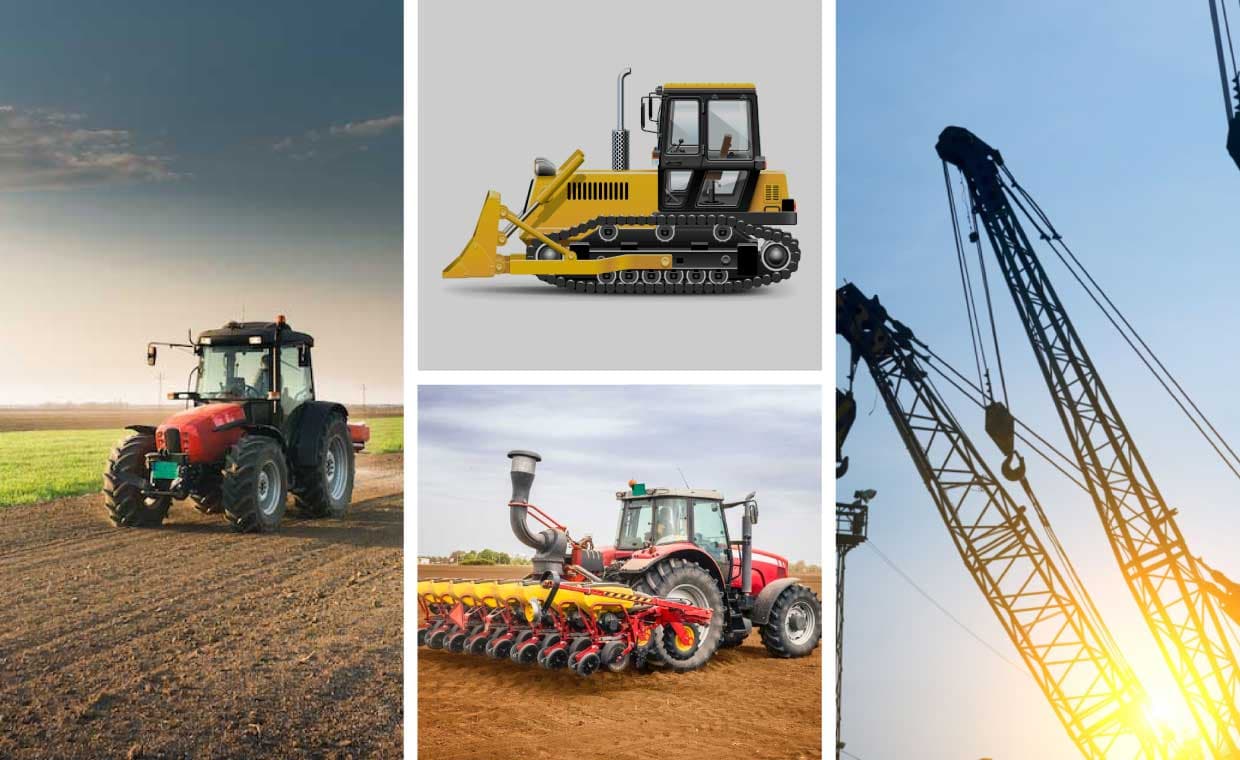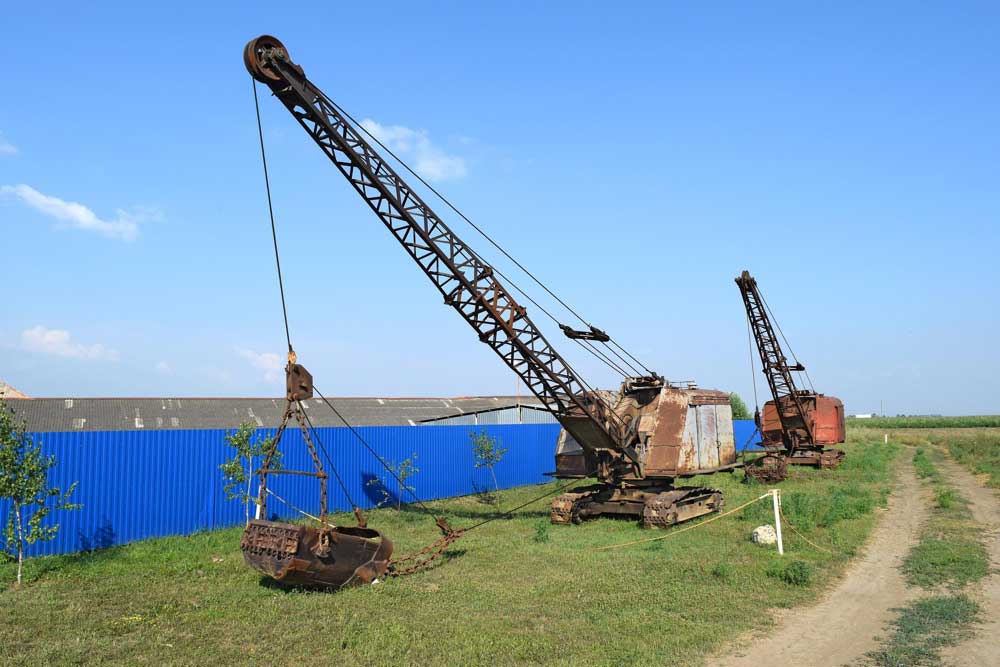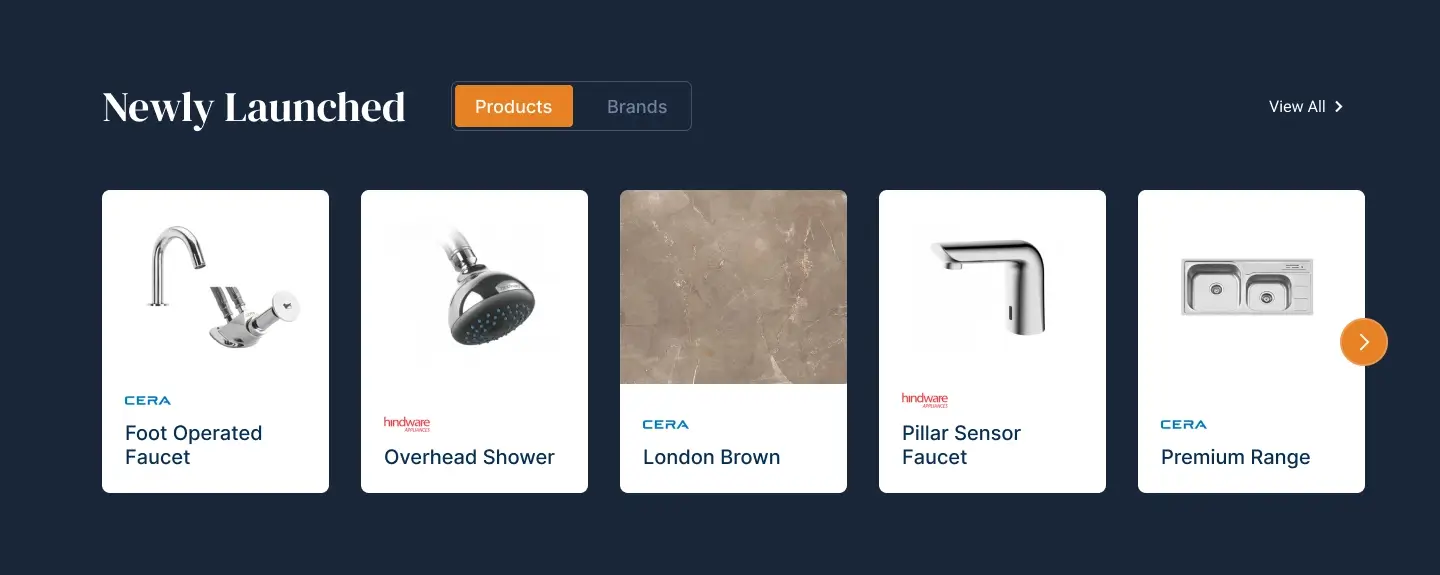
Table of Contents
The type of excavation equipment used in an excavation project is determined by the scope of work and the project’s location. The excavating equipment can be either general-purpose or tailored to the specific needs of the project.
For instance, Kubota machinery offers a versatile range of excavation equipment capable of handling various project demands, ensuring efficiency and reliability across different excavation tasks. Investing in Kubota machinery can help you meet all project requirements and streamline your excavation operations.
Generally, excavators fall into five categories:
- Crawler Excavators – Equipped with tracks for stability on rough terrain.
- Wheeled Excavators – More mobile and suitable for paved surfaces.
- Long Reach Excavators – Have extended arms for deep or distant digging.
- Dragline Excavators – Used for deep excavation, such as mining or underwater operations.
- Suction Excavators – Use high-pressure vacuum technology for precise digging.
Various Types of Excavation Equipment
01. Tractors

It is an important piece of earth-moving equipment. Often powered by diesel engines, they convert engine power into tractive energy. Due to their robust build and ability to operate in diverse terrain conditions, tractors are commonly used for various tasks in excavation projects.
02. Power Shovel

Power shovels are used to excavate all classes of earth except rock and load the material into wagons. They are mounted on crawler tracks, consisting of a mounting, cab, boom, dipper stick, and hoist line. These machines offer precise control and efficiency in digging operations.
03. Bull Dozers

Bull dozers are powerful tractors equipped with caterpillar or crawler tracks and a mould board or blade at the front. They excel in stripping excavation up to a depth of 400mm, making them ideal for heavy-duty earth-moving tasks.
04. Angle Dozers

Angle dozers feature blades attached at an angle other than 90 degrees to the tractor’s longitudinal axis. They can push materials to the side, providing flexibility in excavation projects where lateral material displacement is necessary.
05. Scrapers

Scrapers are self-contained machines capable of digging, loading, hauling, and evenly discharging material in uniform layers. They enhance efficiency in large-scale earth-moving operations and are particularly useful for projects that require consistent layer thickness.
06. Draglines

Draglines are used for excavating soft earth from below ground level and loading it into wagons. They offer significant reach and capacity, making them ideal for deep excavation projects where precision and power are essential.
07. Clamshell

A clamshell consists of hinged bucket halves attached to shovel-crane units or dragline booms. It is used for excavating soft to medium materials and loose material at or below ground level, offering versatility in excavation tasks.
08. BackHoe

A backhoe is a hydraulic excavator featuring a hydraulic-controlled boom and stick with an excavation bucket that moves downward and backward during operation. It offers precise control for close-range excavation below natural surfaces. Contractors often source backhoes and other heavy equipment through online platforms like MachineWale, which offer multiple options for different project requirements, including the ability to buy or rent machinery from verified sellers across India. The platform also provides detailed equipment listings, pricing, and location-based filters to help users find the right machine quickly.
09. Dredgers

Dredgers are specialised equipment used for excavating rivers, lakes, or seas to deepen water bodies. They play a crucial role in waterway maintenance and construction projects requiring underwater excavation capabilities.
10. Ripper

Rippers are used for ripping rock as an alternative to the expensive and time-consuming drilling and blasting processes. A ripper can be wheel-mounted or towed, with one tractor pulling and another pausing to assist as needed.
11. Motor Grader

Motor graders are employed for levelling and finishing earthwork and are available in both towed or motorised configurations. They ensure precise grading and smoothing of surfaces, which is essential for achieving the desired project specifications.
Conclusion
The selection of excavation equipment is critical for the success of any construction project. It is influenced by factors such as job size, distance, disposal methods, and construction timelines. Choosing the right equipment ensures efficiency, cost-effectiveness, and compliance with project requirements.
If you are looking for an earth-moving contractor, then it’s easier than ever—simply search online to find a reliable professional in your locality.
FAQs Regarding Excavation Equipment
01. What factors influence the choice of excavation equipment for a project?
The selection of excavation equipment depends on factors such as project size, the type of material being excavated, terrain conditions, and the required operational efficiency.
02. What are the common types of excavation equipment used in construction?
Common types include tractors, power shovels, bull dozers, scrapers, draglines, clamshells, backhoes, dredgers, rippers, and motor graders. Each type serves a specific purpose based on the nature of the excavation task.
03. How does excavation equipment enhance efficiency on construction sites?
Excavation equipment improves efficiency by automating and streamlining earth-moving tasks, reducing manual labour, and ensuring precise operation aligned with project specifications.
04. What should be considered when renting or purchasing excavation equipment?
Key considerations include equipment size and capacity, maintenance requirements, the operator’s skill level, and compatibility with existing project machinery and infrastructure.
05. What are the safety considerations when operating excavation equipment?
Safety measures include proper training for operators, regular equipment inspections, strict adherence to operational guidelines, and ensuring clear communication protocol on site to prevent accidents and injuries.
Also Read:






























